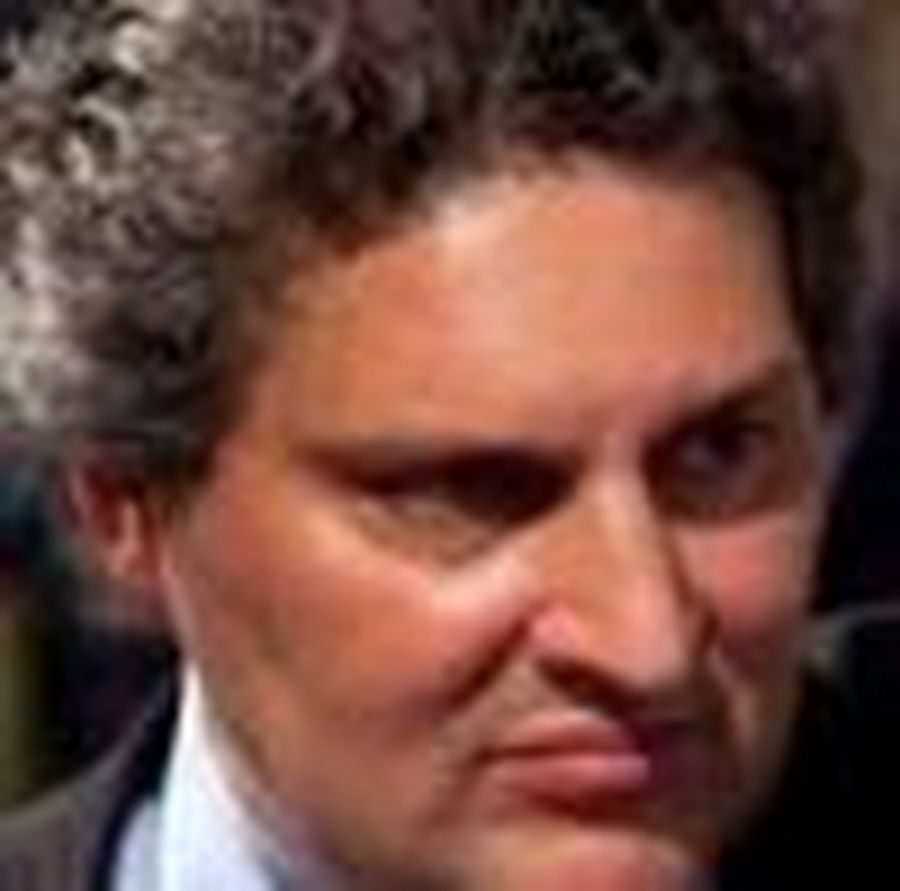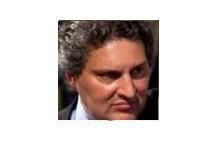
IFR Editor-at-large Keith Mullin
The after-the-fact candour contained in his internal memo to staff, which spoke of “serious mistakes in how we managed this portfolio, which was riskier, more volatile and less effective as a hedge than we had previously thought,” was truly grating.
But you know what? All the clues lead directly back to the main man for by all accounts transforming the ambition of the chief investment office from a structural risk-balancing cover function into a vast proprietary trading and investing operation that employed hotshot traders who ran bigger positions than the actual trading desks and which went way beyond neutralising the firm’s risk profile.
In prior quarters, it made the bank some pretty substantial profits, too. That speaks volumes about what it was there to do.
The transformation of the CIO was certainly not dreamt up in isolation by chief investment officer Ina Drew, a veteran JPM staffer (legacy Chemical Bank) who has run the CIO for over seven years and is among the group’s highest-paid executives.
And let’s be clear: Drew reports directly to Dimon.
EDITOR’S NOTE: At 9am New York time on Monday, JPM announced that Ina Drew would retire, and Matt Zames would become the new CIO.
(Reuters) - JPMorgan Chase & Co sacrificed investment chief Ina Drew on Monday in response to trading losses that could reach $3 billion or more and which have tainted the reputation of the bank’s high profile chief executive Jamie Dimon.
The biggest bank in the United States by assets said Drew, its New York-based chief investment officer and one of its highest-paid executives, would retire. The statement confirmed what sources close to the matter had previously told Reuters, that Drew would depart the firm.
It also said Matt Zames would take Drew’s position, while Daniel Pinto, currently co-head of global fixed income with Zames, would become sole head of the group.
Mike Cavanagh, CEO of the Treasury & Securities Services (TSS) group, will lead a team of executives overseeing and co-ordinating the group’s response to the recent losses.
The statement made no mention of two of Drew’s subordinates who were involved with the costly derivatives trades, London-based Achilles Macris and Javier Martin-Artajo, who the sources had also said were expected to leave.
That the chief investment office could have stepped up operations to the extent that it did without Dimon’s knowledge and consent is inconceivable. Drew has been ramping up activities for some considerable time now; in fact the CIO portfolio has doubled in recent years. You’d imagine that upping the portfolio to a staggering US$370bn-plus would have got sign-off from her boss.
Such a surge in activity in the CIO wouldn’t have been undertaken either without the knowledge of the chief risk office, which also reports directly into Dimon. The CRO was run until January 2012 by Barry Zubrow and since then by John Hogan. I suspect Hogan may be ruing the day he accepted Dimon’s promotion. After all, he had been the perhaps rather heroic chief risk officer of the investment bank for five years, “probably the most turbulent time we have ever seen in our industry”, Dimon wrote in the internal memo at the time of Hogan’s promotion. Hogan had helped steer JP Morgan through the global financial crisis virtually unscathed, no mean feat. Since January, he has had a direct reporting line into Dimon.
In his slightly bizarrely-worded memo to staff last week, Hogan wrote: “I want to reiterate the critical role that we play at JP Morgan Chase. We must remain vigilant in early identification of risks as they relate to clients, counterparties or markets. Relaxing our guard is never an option. We need to use the tools available to us and not lose sight of tail events. Our focus is no surprises and a readiness to escalate quickly continues to be vitally important. Remember as an independent oversight function it’s our responsibility to escalate early and as often we see fit.”
I do wonder how he thought he’d benefit from comments that did little more than highlight his office’s egregious failures! Maybe it’s part and parcel of some stage-managed post-trauma mea culpa humility. Incidentally, even though Dimon moved Zubrow to corporate and regulatory affairs at the time of Hogan’s promotion Dimon made a point of stressing that Zubrow would keep his position on all the firm’s risk committees.
Let’s not forget the risk policy committee. In the bank’s own words this board committee “is responsible for oversight of the CEO’s and senior management’s responsibilities to assess and manage the corporation’s credit risk, market risk, interest-rate risk, investment risk, liquidity risk and reputational risk.”
So, with direct control over the CIO and the CRO, and with advisory cover from the risk policy committee, the fact that Dimon prefaced his comments at the top with that classic “in hindsight” get-out was perhaps his most disingenuous ploy of all when it seems clear that it was Dimon who pushed the CIO to expand its activities into complex and illiquid proprietary structured investment risk across rates, mortgages, credit and equities.
Of itself, his stance is not a resignation issue but it’s definitely a position that’s made him look rather foolish in the circumstances.
The team of accomplished quants and traders residing in the CIO were more than up to the task. The formidable duo of Achilles Macris and Irene Tse respectively run the CIO in EMEA/Asia, and the US. Macris masterminded a substantial build-out of the CIO in Europe under instruction from Drew, hiring traders from investment banks and hedge funds. Macris himself joined JPM in 2006, having previously spent almost eight years at Dresdner Bank (and subsequent iterations) latterly as head of global capital markets. He joined Dresdner from Bankers Trust, where he had been global head of FX trading.
Irene Tse spent 14 years at Goldman Sachs, rising through the ranks to become partner and co-head of US rates before heading to hedge fund Duquesne Capital where she spent three years as a macro trader. She had also been a member of the Treasury Borrowing Advisory Committee, where she got to know Matt Zames, JPM’s co-head of global fixed-income and TBAC chair. Tse joined JPM in January 2011
Who’s on the block?
In the coming week, one of the many strands of this story will focus on whose head will roll. I guess Bruno Iksil, head of credit for the CIO in Europe and the man putting on up to US$100bn in synthetic credit trades, is the obvious candidate. As are Achilles Macris and Ina Drew: if you lose your bank more than US$2bn and your CEO says your trades were flawed, poorly reviewed, poorly executed and poorly monitored, I guess you’re not long for this world if you’re responsible for any of those functions.
Chief risk officer John Hogan will be in the firing line and you’d imagine he’d have to consider his position almost ex-officio, as will Barry Zubrow, the CRO until January who still sits on the risk committees. The three outside directors who sit on the risk policy committee should stand down – committee chairman James Crown (president of Henry Crown and Co); David Cote (chairman and CEO of Honeywell International); and Ellen Futter (president and trustee of the American Museum of Natural History).
Will this saga cost Jamie Dimon his job? I’ve got a feeling it won’t but that’ll depend on how much heat he takes from politicians, regulators, the bank’s board, and shareholders. And how much responsibility he bears for JP Morgan Chase’s reputation, which has taken a knock.
This is, after all the man who called the losses a tempest in a teapot when they came light last month; and the man who seems to have aggressively pushed the CIO to broaden, widen and deepen its activities. He also happens to be among the most vocal on Wall Street in his resistance to greater regulatory oversight (calling Basel III anti-American, berating Ben Bernanke for not thinking through the impact of more regulation and coming out in fierce opposition to the Volcker Rule etc).
Of itself, his stance is not a resignation issue but it’s definitely a position that’s made him look rather foolish in the circumstances. And if he was fighting regulatory creep at the same time as he was recklessly forcing his CIO to take on massive proprietary risk, it’s not clear that these are easily reconcilable.

